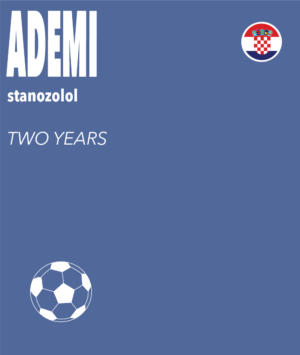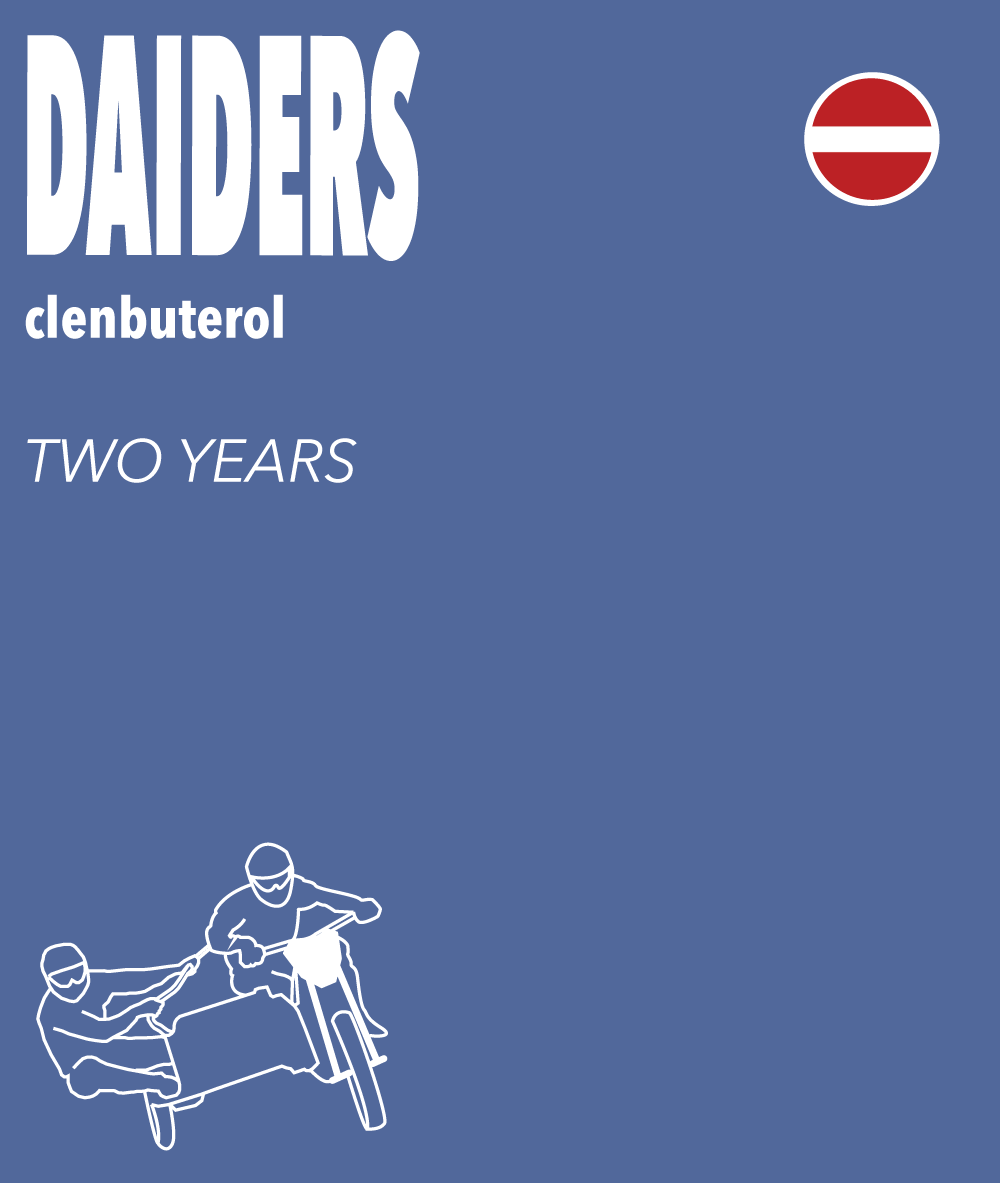The Johaug CAS award: Too harsh?
CAS 2017/A/5110, International Ski Federation (FIS) v. Therese Johaug & The Norwegian Olympic and Paralympic Committee and Confederation of Sports, August 21, 2017; CAS 2017/A/5110, Therese Johaug v. The Norwegian Olympic and Paralympic Committee and Confederation of Sports (NIF). This case involves a highly successful Norwegian skier, the multiple-time World Champion and Olympic medallist Ms. [...]







